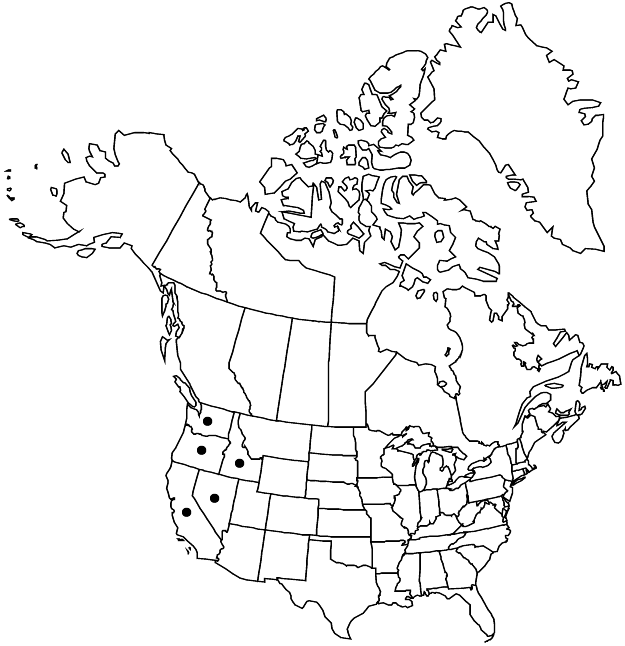Difference between revisions of "Eriogonum elatum var. elatum"
FNA>Volume Importer |
imported>Volume Importer |
||
| (4 intermediate revisions by one other user not shown) | |||
| Line 1: | Line 1: | ||
{{Treatment/ID | {{Treatment/ID | ||
|accepted_name=Eriogonum elatum var. elatum | |accepted_name=Eriogonum elatum var. elatum | ||
| − | |accepted_authority= | + | |accepted_authority= |
|publications= | |publications= | ||
|common_names=Tall wild buckwheat | |common_names=Tall wild buckwheat | ||
| + | |special_status={{Treatment/ID/Special_status | ||
| + | |code=E | ||
| + | |label=Endemic | ||
| + | }} | ||
|basionyms= | |basionyms= | ||
|synonyms= | |synonyms= | ||
| Line 29: | Line 33: | ||
-->{{#Taxon: | -->{{#Taxon: | ||
name=Eriogonum elatum var. elatum | name=Eriogonum elatum var. elatum | ||
| − | + | |authority= | |
| − | |authority= | ||
|rank=variety | |rank=variety | ||
|parent rank=species | |parent rank=species | ||
| Line 43: | Line 46: | ||
|publication title= | |publication title= | ||
|publication year= | |publication year= | ||
| − | |special status= | + | |special status=Endemic |
| − | |source xml=https:// | + | |source xml=https://bitbucket.org/aafc-mbb/fna-data-curation/src/2e0870ddd59836b60bcf96646a41e87ea5a5943a/coarse_grained_fna_xml/V5/V5_635.xml |
|subfamily=Polygonaceae subfam. Eriogonoideae | |subfamily=Polygonaceae subfam. Eriogonoideae | ||
|genus=Eriogonum | |genus=Eriogonum | ||
Latest revision as of 22:12, 5 November 2020
Aerial flowering stems glabrous. Inflorescence branches glabrous. 2n = 40.
Phenology: Flowering May–Oct.
Habitat: Sandy to gravelly slopes and flats, mixed grassland and sagebrush communities, pinyon, juniper, and conifer woodlands
Elevation: 60-3000 m
Distribution

Calif., Idaho, Nev., Oreg., Wash.
Discussion
Variety elatum is found mainly along the eastern edge of the Cascade Ranges in Washington south into northern Oregon, and skips to the Siskiyou/Trinity mountains of southwestern Oregon and northwestern California. To the east in the desert ranges, it is found in south-central Oregon and northeastern California. The third major area of concentration is in the Sierra Nevada of California and east into some of the desert ranges in west-central Nevada. It is found as an isolated disjunct at Lloyd Meadows in Tulare County, and on the Kern Plateau in Kern County, California. An 1876 collection labeled as being from Auburn, Placer County, California (Ames s.n., WIS), is discounted, as that location is doubtful.
Selected References
None.